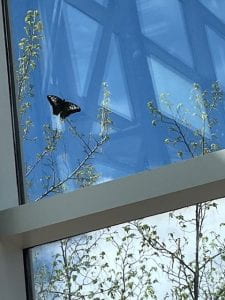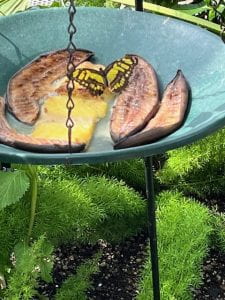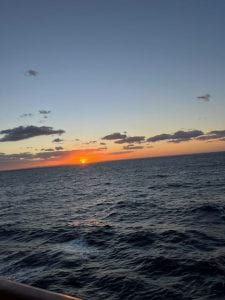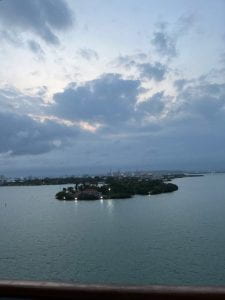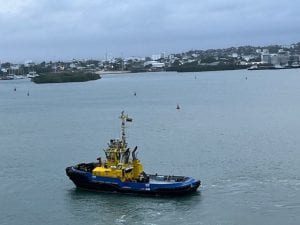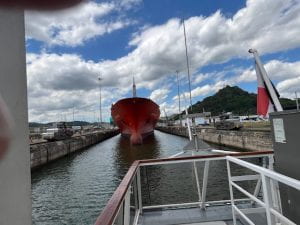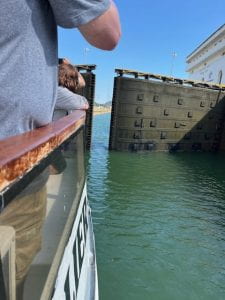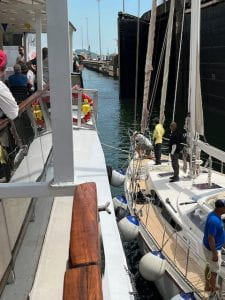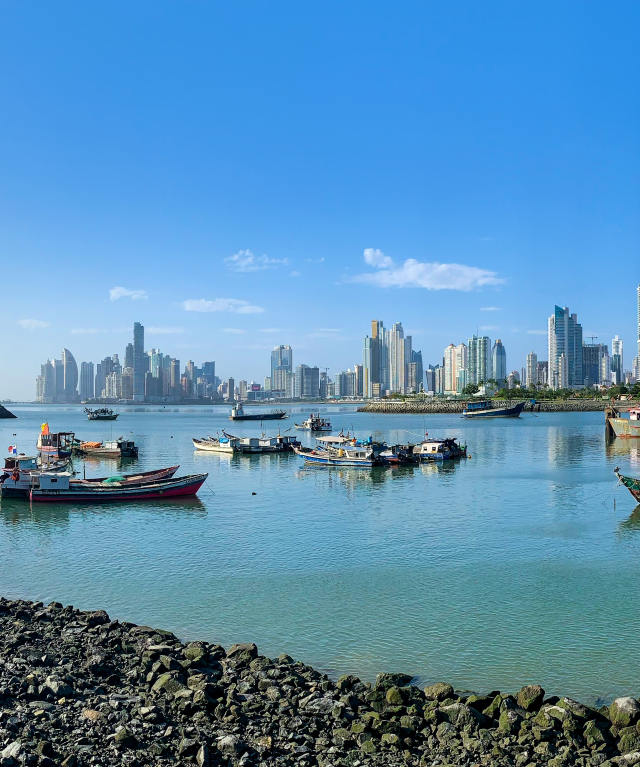Let’s agree that the U.S. immigration policy is a mess, and if Congress had the will and the patience, they could do something about it.
Having said that, why are the American people so divided on immigration? Yes, we are divided about how many immigrants we should allow into the country in a given year, but we also divide about who should be admitted. For example, you rarely hear anyone complain about the number of Scandinavians or Germans or French people that should be allowed into the country. It is usually the number of Mexicans, Venezuelans, Moroccans or Iranians. Could it have anything to do with skin color?
Clearly Donald Trump has no problem with Czechoslovakians and Slovenians, because he married them or issues with Germans and Scots, because he descended from them, but immigrants of a darker skin he has less respect for. And, yes, the matter of legal vs. illegal immigration plays a role in this. But legality has little to do with comments about the nationality and criminality of immigrants, such as
They’re bringing drugs. They’re bringing crime. They’re rapists. And some, I assume, are good people. https://www.washingtonpost.com/politics/2019/10/02/trumps-most-insulting-violent-language-is-often-reserved-immigrants/
Yet Trump is not alone; millions of Americans applaud his every bigoted comment about immigrants. There’s a distaste for the darker brothers and sisters that resonates with public sentiment. And in the back of the mind of so many white brothers and sisters there’s the real fear that in 2045 they will become a minority and darker skinned people will become the majority. Not any given nationality, but the darker-skinned people in general.
I came from a conservative Christian family, yet I was always told how dangerous Harlem was, how emotional the Black churches were, how Black families always depressed the real estate prices, and sure, these were all half-true. But we were also afraid of people we did not understand.
Suburban people stay out of the urban core, stay clear of mixed-race churches, enjoy singing the old Stephen Foster “My Old KentuckyHome,” which ends
The time has come when the darkies have to part,
Then my old Kentucky home, good night
We are not contemptuous, so much as fearful of the people who don’t look like us. The problem is how we deal with our fear. We put as much distance from our fear as we can. We stay out of their neighborhoods, we remain suspicious of their music, their poetry, their theater, their dance. We don’t like attempts to clarify the history of American racism. We keep our distance.
“You can’t understand most of the important things from a distance, Bryan. You have to get close,” she [Stevenson’s grandmother] told me all the time.” Bryan Stevenson reported this life-altering quote in his story Just Mercy.
Stevenson met his grandmother’s expectations when he began a campaign to represent people on death row, black, white, young, old. He founded the Equal Justice Initiative in 1989 to fulfill this mission. Its museum is one of most heart-rending records of the brutality of slavery in the country. He was not afraid to get close to the horrific legacy.
It is healthier to understand the underlying motives of racism than to point the finger. And it is healthier to examine them, than to give vent to judgment and outrage. Maybe we feel safer by distancing ourselves from “the other,” but we are not helping ourselves or trying to understand better.
Let’s work on immigration. God knows it needs all the help it can get. But let’s not let our fears control our agenda. Let’s not solve the problem by pushing it back from the border. Let’s get closer to what scares us, to what threatens us. Closer than we have let ourselves get before. Close enough to dispel some suspicion, some fear, the fear that keeps us apart. Let’s deal with ourselves, as well as the problem we call “politics.”


